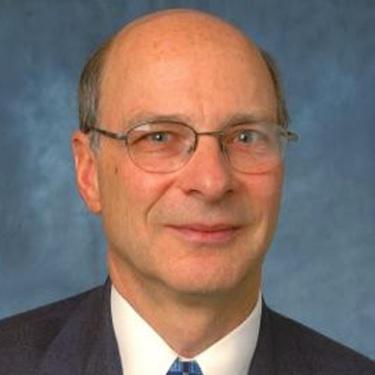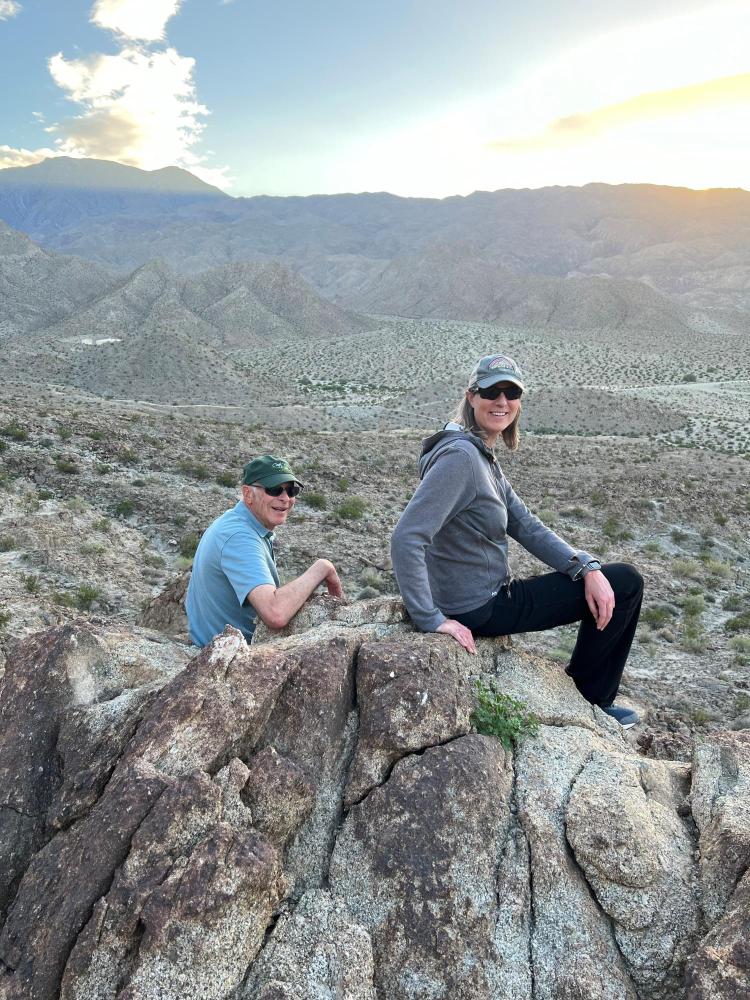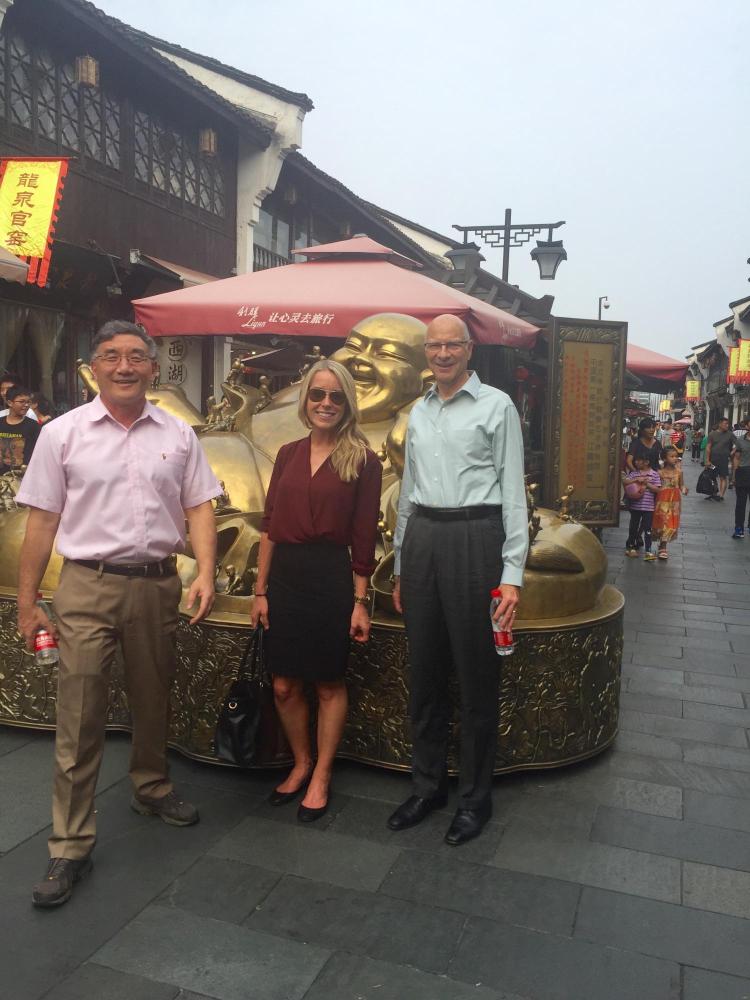
 Ross Corotis hiking with his daughter in California in 2023.
Ross Corotis hiking with his daughter in California in 2023.
 Ross Corotis (R) with his former doctoral student. Holly Janowicz, and CEAE Professor Yunping Xi on their 2016 research exchange trip with Tongji University in China.
Ross Corotis (R) with his former doctoral student. Holly Janowicz, and CEAE Professor Yunping Xi on their 2016 research exchange trip with Tongji University in China.Professor Emeritus Ross Corotis retired in Feb 2022, after five decades as a leading researcher, professor and college dean, with 28 of those years spent at CU Boulder’s Department of Civil, Environmental and Architectural Engineering. CU Boulder recently caught up with Professor Corotis to chat about his "retirement." Read on to see what he's been doing. (Hint: he's keeping busy!)
How has your retirement differed from your working years?
The beauty of being a professor lies in the flexibility it offers, and in retirement that flexibility expands. This newfound freedom allows me to indulge in more hikes and personal pursuits. I play tennis once or twice a week and go to the gym, and I don’t work as many hours as before retirement.
But it’s crucial for our minds not to come to a standstill in retirement. Consequently, service has become a significant focus for me. When I chaired the Committee for the National Academies to review the facility needs of the National Institute of Standards and Technology (NIST) last year, it was close to a half-time job. Although not precisely my specialty, the role demanded someone capable of navigating a diverse group of people with different expertise. We ultimately advocated for $6.6 billion in funding for NIST to Congress and the President’s offices. I also chaired the NIST committee that reported to Congress on the Champlain Towers condominium collapse in Surfside, Florida.
This type of professional service requires a technically oriented, scientifically informed individual to assess needs, and I find immense satisfaction in that.
What else have you been involved in?
I’ve been invited to be a final reviewer for the Texas Association of Engineering Science and Medicine, assessing the state’s top researchers and providing a broader perspective, such as on the societal impact of the project. It’s similar to my previous experience as a science advisor to the State Department, where the focus extended beyond my specific research area. These broader roles allow me to contribute an overarching perspective as a technically-oriented individual.
Currently, I’m reviewing a paper for publication in the International Journal of Structural Safety. It’s in my research specialty area, and for a decade I served as editor of that journal. So again, I feel good about being able to contribute. Those things don’t pay, but at this point, it doesn’t matter.
It sounds like you’re still involved in research, too.
Research provides me with the chance to apply my expertise to real-world problems. I might sit down one day and spend five or six hours working out equations; on days that I don’t feel like doing it, I don’t. That’s the flexibility. And I was fortunate to receive a research grant this year to investigate building live loads.
I’m preparing a paper now with my last PhD student for the World Conference on Earthquake Engineering next summer in Milan, Italy, and it feels good to be part of a technical community. This student doesn’t necessarily have to be my last PhD student. I can advise as an emeritus professor, however acquiring funding for PhD students can be challenging in emeritus status. I am always open to co-advising students if someone else secured the funding and asked me to co-advise.
How have your research interests over the years changed?
Early on my research was very narrow focused and very mathematical. Then over the years, I became interested in a broader picture. We civil engineers create physical facilities to serve society, but our first thoughts are the physical facilities. In the later stages of my research, I've been fortunate to have the time and opportunity to explore societal aspects, such as why does society need this facility? What does it do for society? Is this facility the right thing in the long term?
What are you proudest of in your career?
I never let my job take me away from my family. When I started as an assistant professor at Northwestern University, I made a decision to be true to myself, to work in a way that aligned with my values.
Being a part of the National Academy of Engineering is also a source of great pride.They elect about one structures professor per year nationwide.
I’m especially proud that I founded the civil engineering department at Johns Hopkins University and that they established an endowed chair in my name.
Why should young people consider civil engineering as a career?
As people drive around, they witness tangible outcomes — roads and bridges crafted by civil engineers. Yet concepts like “resilience” don't hit their minds right away. It’s our responsibility and opportunity to educate and inspire our students about these concepts.
This is why I've broadened my interests to make our societal contributions more exciting for young people. In discussions with students, I emphasize the social aspects of our work, contributing to a better community and lifestyle. It’s crucial to convey that civil engineers don’t just design structures; we shape how society moves and the overall benefit it brings.

